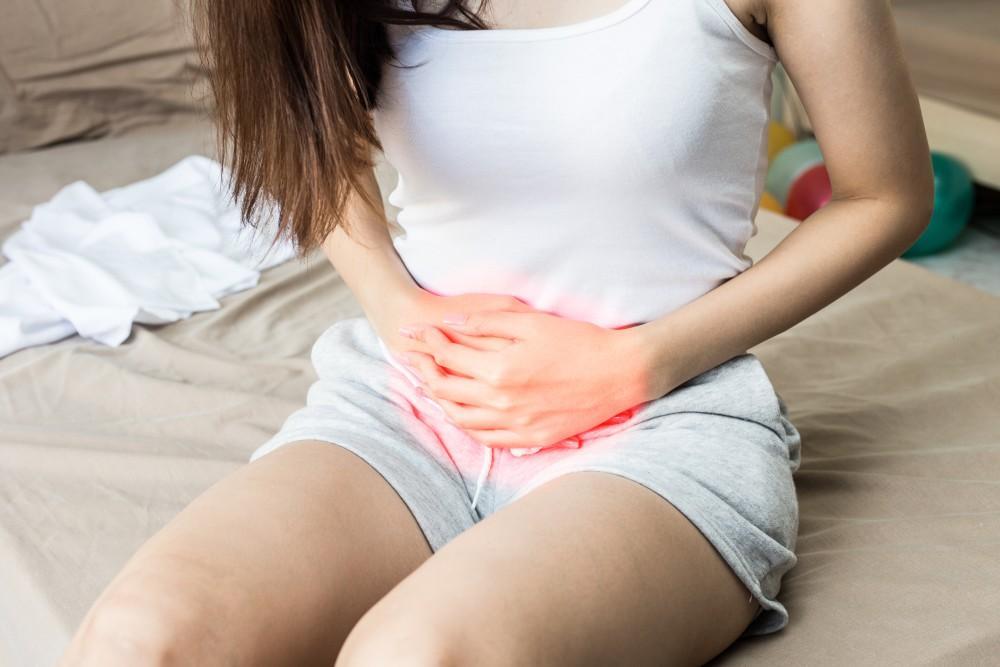
Kidney Stone Cases Double as Obesity Rates Increase
According to researchers from the University of California, Los Angeles, kidney stone cases among Americans has doubled since 1994 and it is most likely due to the obesity epidemic. Approximately one in 11 Americans now have kidney stone problems compared to 1994’s ratio of one in every 20.
Lead researcher Dr. Charles Scales Jr. is a Robert Wood Foundation/US Department of Veterans Affairs clinical scholar at the David Geffen School of Medicine Departments of Urology and Medicine at UCLA. He said that “Kidney stones are becoming a very common health condition in the United States.” It is even more common than diabetes, stroke and heart disease, he added.
Dr. Scales explained that a kidney stone is just like any other small piece of rock, “It’s an accumulation of crystals of substances that are dissolved in urine and for reasons that are not well understood, form rocks.”
Kidney stones, he added, are also likely associated with risks concerning lifestyle and diet. “People with a history of kidney stones also are more likely to have histories of diabetes, obesity and gout,” Dr. Scales expounded further.
To prevent the kidney stones from accumulating and forming, Dr. Scales suggests drinking lots of water. He added that maintaining a healthy diet consisting of low animal-protein and moderate salt intake helps reduce the likelihood of developing kidney stones.
Furthermore, the rise in kidney stone cases has also been attributed to increases in gout, diabetes and obesity rates—all three being risk factors of the former.
Dr. Brian Matlaga remarked that “between 1994 and 2010, the increase in kidney stones was just about 63 percent, which is really a staggering increase when one thinks about it.” The urology associate professor at Johns Hopkins University School of Medicine added, “We are beginning to recognize that kidney stones are a systemic condition and are associated with other disorders such as diabetes and obesity that have significant health implications.”
You Might Also Enjoy...


Here’s Why Prostate Cancer Screening Matters So Much

How Does Rezūm™ Treat an Enlarged Prostate Gland?

5 Simple Lifestyle Changes to Help Avoid Chronic UTIs

GreenLight™ Laser Therapy: How It Alleviates BPH Symptoms, and What to Expect From Treatment

